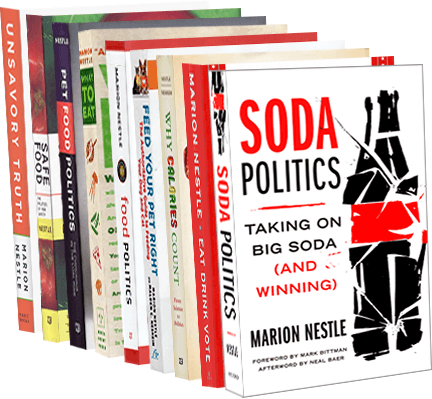Junk food encourages overeating: the evidence piles up
I was fascinated to see this article about how offering kids greater amounts and varieties of snack foods encourages them to eat more and, therefore, take in more calories. Snack variety has a greater effect than just larger package sizes (1).
This article immediately reminded me of the infamous cafeteria diet studies of the late 1980s. The investigators fed rats all kinds of junk foods and compared the calories they ate to those eaten by control rats allowed only rat chow. The cafeteria-fed rats ate more (2).
This, of course, is what Kevin Hall and his colleagues found when adults were allowed to eat as much as they wanted of ultraprocessed junk foods (3).
The message is clear: junk food encourages overeating; overeating means taking in more calories; more calories means more weight. Eating a lot of junk food is a sufficient explanation for obesity.
References
- Kerr JA, et al. Child and adult snack food intake in response to manipulated pre-packaged snack item quantity/variety and snack box size: a population-based randomized trial. International Journal of Obesity (2019).
- Prats E, et al. Energy intake of rats fed a cafeteria diet. Physiol Behav. 1989 Feb;45(2):263-72.
- Hall K, et al. Ultra-Processed Diets Cause Excess Calorie Intake and Weight Gain: An Inpatient Randomized Controlled Trial of Ad Libitum Food Intake . Cell Metabolism 2019; 30:67–77.







